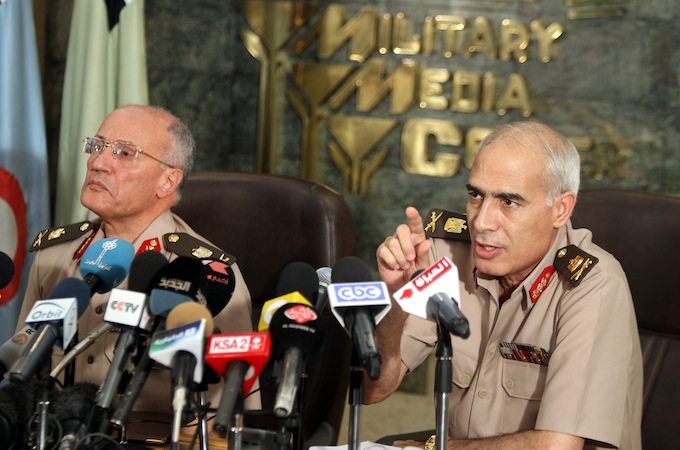Emily Schneider
Special Contributor, Blog Entry #2
“I’ve never seen so many men fighting before,” said a young attorney, who sat across the desk from me and the rest of our group of five. She was just returning from a walk-through, of another part of the prison, which we were all visiting that day and describing her experience.
“While we were standing there, speaking with a supervisor, one of the men started to punch another. One had a razor, or a piece of wire, and cut the other; there was so much blood. Soon after, all the guards rushed in and grabbed the man who started the fight. They beat him repeatedly, on the face, the arms, and stomach. When he finally fell down they picked him up and carried him off.”
My supervisor asked where they took the man who instigated the fight.
“We asked one of the prisoners what would happen to him and he told us the guards would put him in solitary confinement for a few days and then release him back into the large cell with the group,” she replied
After hearing this story, we all sat there in disbelief. My supervisor explained to me that they were familiar with the reality that guards habitually beat inmates but had never seen it firsthand. This time the HRLN attorneys witnessed such a beating and might be able to use the experience to file a petition for a public interest litigation (PIL).
“After things calmed down, we asked the guard giving us the tour of the jail what normal procedure was for incidents like this. His response was that we, “Just saw it.” He also mentioned that the guards at this particular jail are specially trained in calming prisoners down. Sometimes they are even sent to other facilities, including the women’s jail, to enforce peace.
I asked him why there would be a need to send male guards to the women’s jail as the female guards stationed at them are supposed to enforce the peace. He looked right at me and said, “Yes, but there are some things a man is needed for.” I think he knew right away that he had said too much because he didn’t answer the rest of our questions.
It was my second week working at HRLN and I was in a meeting for the disability rights initiative. The woman speaking was a young attorney who was assigned to the disability department. She and two other attorneys were investigating torture and cruel treatment of prisoners with disabilities in jail. When I first joined the disability rights initiative I was a bit disappointed; I was hoping to be assigned to the anti-trafficking or reproductive rights departments. Disability law was something I could do in the U.S. and I was looking for new experiences at HRLN.
However, India’s treatment of persons with disabilities is so atrocious that the issues tackled by the disability rights initiative at HRLN are not even remotely similar to the problems facing people with disabilities in the United States. In India, there is nothing in the government system that is designed to provide any form of aid to these people.
My research of Indian law, found that almost no provisions are given to support, or provide, for persons with disabilities in any sector. There is no help for them in obtaining: education, employment, transportation, and juvenile justice legislation. Instead, persons with disabilities are treated as second class citizens and are denied equal access to employment, education and housing. Worse, some are placed in substandard institutions for the rest of their lives.
HRLN takes on high-impact public interest litigation cases to try and change the standard for persons living with disabilities and bring the domestic laws of India up to general international standards, and to achieve compliance with the UN Convention on Rights of Persons with Disabilities.
The lack of provisions for persons with disabilities in daily aspects of life is disheartening itself, but when persons with disabilities are denied care during incarceration, a whole new set of problems arises. In a recent case, adopted by HRLN, a physically handicapped prisoner was put in a large cell with other inmates where he was expected to share a single toilet and shower facility. He could not walk the length of the cell to the toilet, nor could he stand up to use the facilities if he was lucky enough to get to them. Instead, he was forced to defecate in his bed and went without showering for a month.
It was not surprising that because of this he developed bed sores that got badly infected. To add to his predicament, he was able to eat only when the guards delivered his meal within arms length. If they didn’t slide it far enough into the cell then he didn’t eat that day.
The prisoner recently died and his family approached HRLN, asking them to take the case. HRLN is planning to argue that this treatment denied the prisoner basic human rights and violated India’s obligations to ensure these basic rights under international law. Sadly, like so many others, this case is now in a purgatory-like “pending” stage due to the Indian courts’ system being flooded by more cases than they can even remotely hope to handle.
Emily Schneider is a third-year law student at Syracuse University College of Law. She will be contributing to Impunity Watch by blogging about her experiences in India, where she is spending her summer working as an intern.
